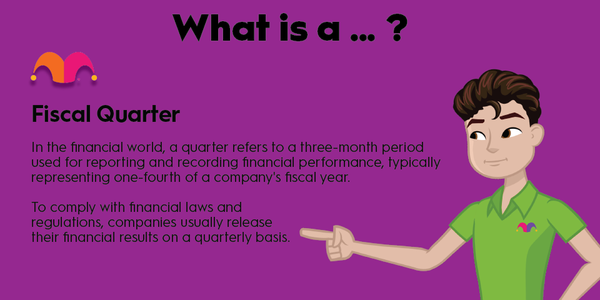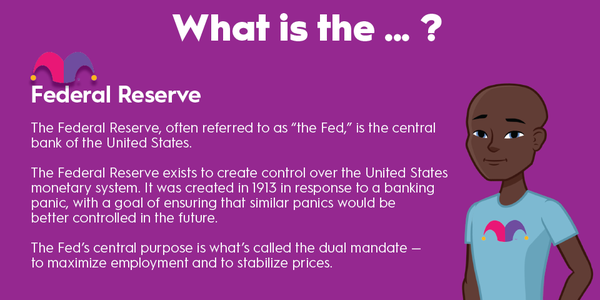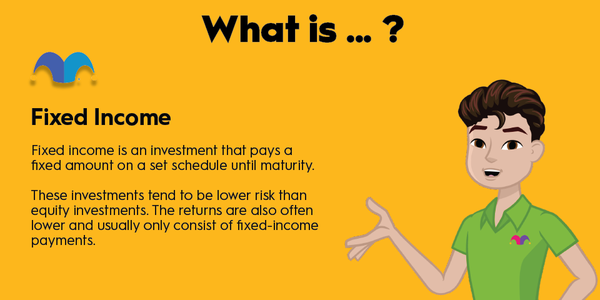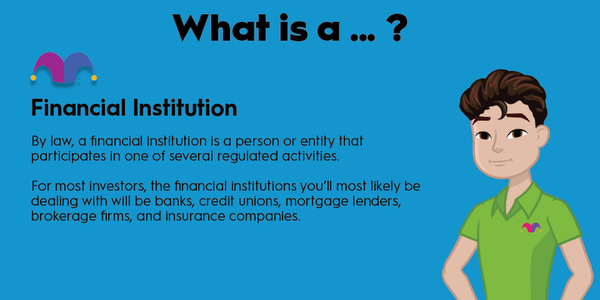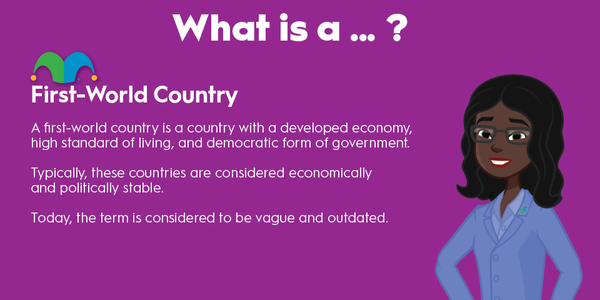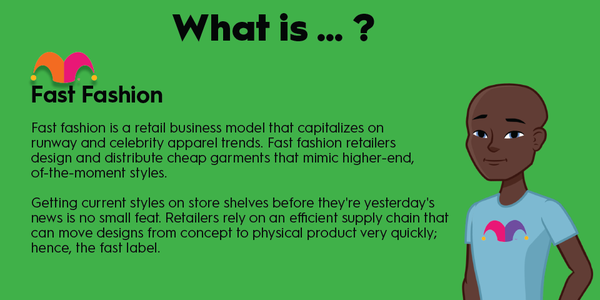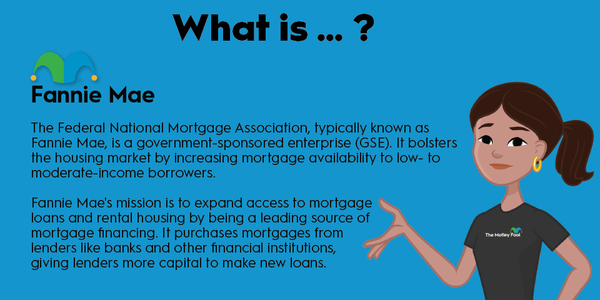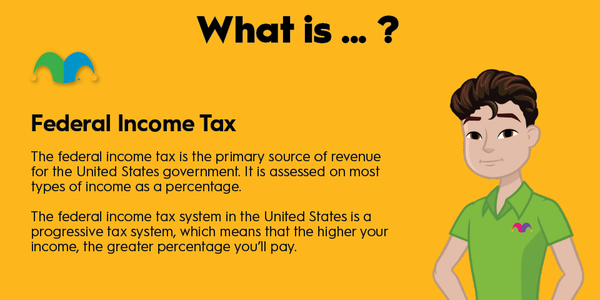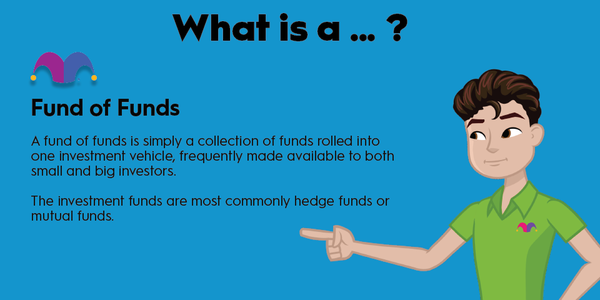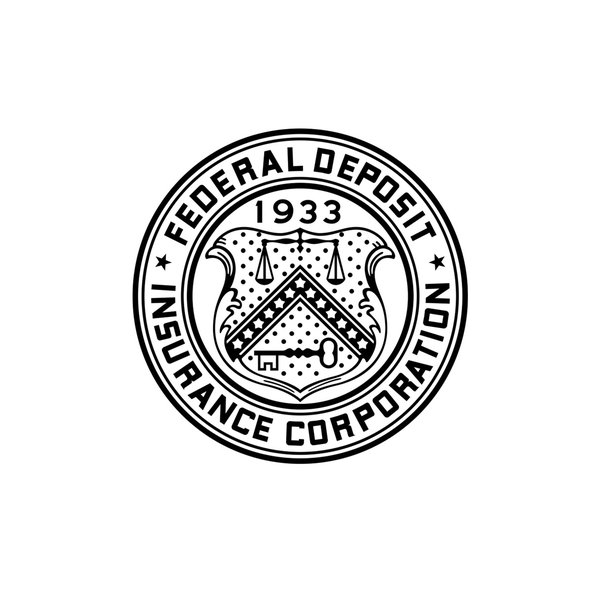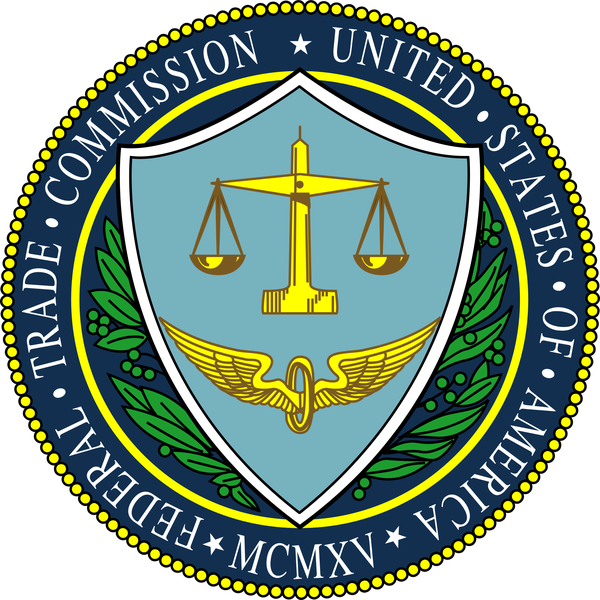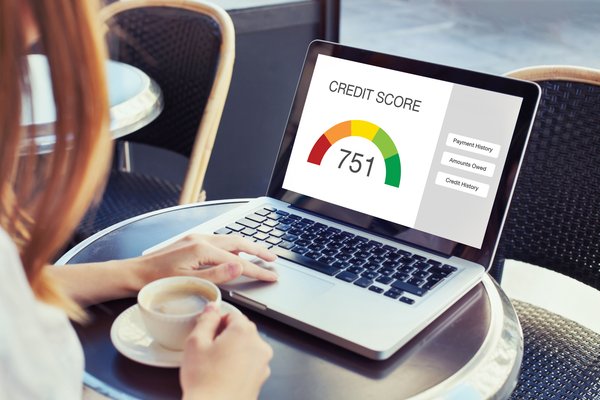Student loans are back in the news as the debate over restarting loan payments and student loan relief is on the docket again.
The federal government remains the largest provider of financial aid, making it a central player in any potential student loan reform programs, and the FAFSA is the starting point for many student borrowers. It's crucial to be familiar with it if you or a child are planning to take out student loans.
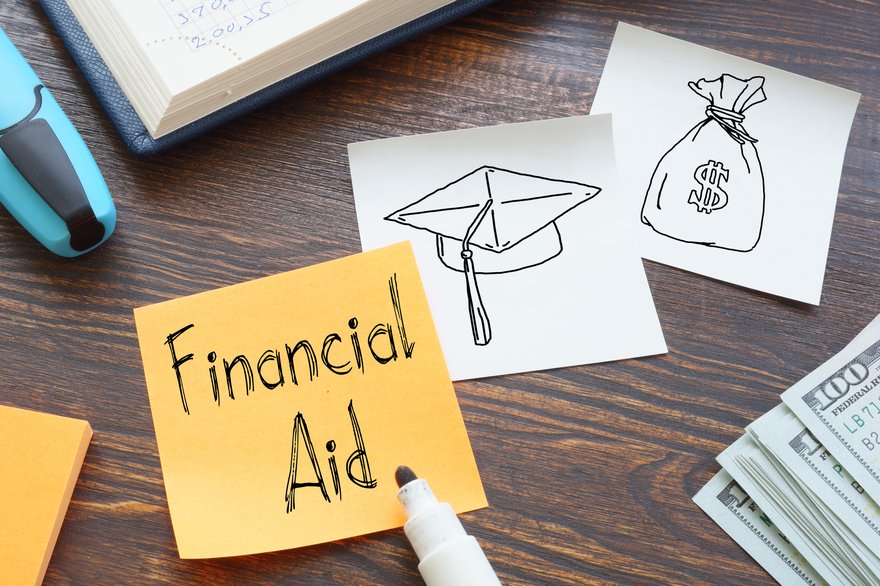
What is the FAFSA, exactly?
What is the FAFSA, exactly?
Student borrowers should be familiar with the FAFSA form, or the Free Application for Federal Student Aid.
It's generally the first step in applying for financial aid. It's an easy-to-use, free application that anyone interested in financial aid for higher education needs to fill out.
The form asks for basic identifying information, information about your educational background, your family's education, and your family's income and tax information since financial aid is primarily determined by your family's income.
From there, the government submits that information to the colleges where you've applied.
How much aid can you get from the FAFSA?
How much aid can you get from the FAFSA?
Where you go to school will determine the types of loans you can get and the amount you may get, but the federal government does impose limits on how much you can borrow.
The subsidized and unsubsidized aggregate loan limit for independent students, which is the category with the highest limit, is $57,500 for undergraduates and $138,500 for professional students.
The FAFSA gives you access not just to loans but also to grants, including Pell Grants, Federal Supplemental Educational Opportunity Grants, grants for Iraq and Afghanistan veterans, and education grants for teachers.
Like loans, grants are typically need-based, and average grant aid reached $10.590 in 2021.
Private Student Loans
What do I need to fill out the FAFSA?
What do I need to fill out the FAFSA?
The first thing you should know about the FAFSA is that you need to fill it out each year to apply for student aid, even if you are staying at the same school.
Family financial needs can change from year to year, and your tax return is likely to change as well, which can affect your ability to borrow.
You should also be aware of the deadline for submitting the FAFSA form since you don't want to miss it.
The federal deadline for the 2023-24 academic year is June 30, 2024, but you'll also need to check with your college and state to confirm their deadlines. You will want to have your FAFSA submitted before you begin the school year so you can get the aid you need to pay for your tuition.
Once your FAFSA is submitted, the government will typically process the application in three to five days, and you'll receive a copy of your student aid report (SAR), which includes your Expected Family Contribution (EFC). The EFC determines whether you can get a Pell Grant and is used by colleges to determine eligibility for student aid.
The Department of Education will send your information to the college you've applied to, and they'll use that information to make you an aid offer.
Related investment topics
How to understand your financial aid offer
How to understand your financial aid offer
A typical financial aid package comes with two primary categories of information.
The first is your cost of attendance (COA), which typically includes tuition and fees, room and board, and books.
The other is your financial aid package, which could be made up of a wide range of awards, including Pell grants, state grants, academic scholarships, different kinds of loans, and possibly a work-study program.
You will need to pay the difference between the COA and the aid package.
Pursuing a higher education these days is not an easy financial decision, but it's good to be aware of all options available to you and how to get the best aid package.
With a new bull market possibly afoot, the good news for prospective students is that affording college could become easier for families who have invested.

